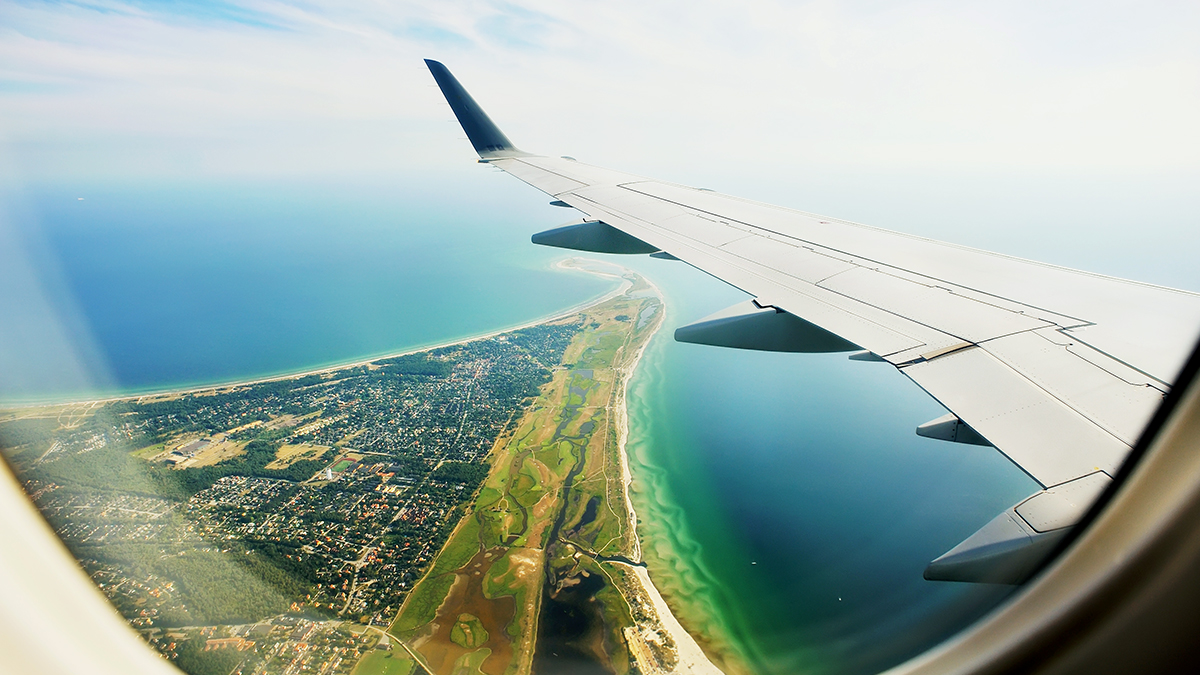Travel is an exciting part of your race season, however it can also pose challenges for athletes trying to stay race-ready. Long distance flights and changing time zones can cause conflicts in circadian rhythms and sleep-wake cycles, and for many athletes, this leads to jet lag. “Jet-lag” is a condition which results from alterations between the internal ”body clock” and external “time clock”. Symptoms can be quite varied, depending on the change of time zone, time of day, and individual differences, but common complaints include:
- General feelings of tiredness and discomfort
- fatigue
- headaches
- loss of appetite and digestive problems
- decreased concentration
- decreased balance and coordination
- decreased endurance capacity and stamina
From the list of symptoms, one can easily see how jet lag can seriously hinder your athletic performance. Beyond the endurance and power needed in triathlon, the mental disturbances in concentration and fine motor skills cannot be overlooked.
How can we minimize these problems and have the athletes training or competing at an optimal level as soon as possible after flight travel? Some simple steps taken before, during and after a flight to a new destination can help minimize any adverse effects of your travel.
Pre-flight
- Ideally, jet lag planning starts well before the actual day of travel. A good way to prepare for your trip is to come into it well-rested and not already in sleep debt. This means getting eight to nine hours of sleep on a daily basis.
- Try to find the most convenient flight schedule, preferably a direct flight to the destination, or a minimum of layovers, especially if traveling at night. It helps to choose flights that arrive in the early evening at the destination so that you get a chance to sleep there.
- During the last 4 days before departure, try to get a jump start on your travels and adjust 2 hours towards local time at your destination. That means waking up ½ hour earlier per day in the mornings (if traveling eastward) or going to bed later at nights (if traveling westward).
- Eat and drink well before the flight. Bring your own food and water if you don’t like the airline foods and drinks.
On the flight
- Set your watch to local destination time as soon as possible and synchronize your meal and sleeping patterns on the plane to local time.
- Drink plenty of fluids; mainly water, mineral or soda water, with occasional fruit juice if you have high energy needs. Don’t be afraid to ask for extra water on the plane.
- If starting the flight when local destination time is late night or early morning, try to get a short nap at the beginning of the flight. If flying during the daytime or evening at your destination, get up and move around as much as possible and include some light stretching.
- Use of compression socks and/or elevation of legs may prevent swelling.
- Airplane meals are not always ‘athlete friendly’. Bring your own snack foods to top off the meals provided if you have high energy needs.
After arrival
- The goal is to adjust to the local sleep/wake patterns as soon as possible after arrival.
- A short sleep before noon may be OK if arriving in the early morning after an eastward flight. But try to avoid extra naps during the daytime! Prolonged daytime napping (more than 1 hour) in the new location should be avoided for a few days, as this may act to keep you with your old rhythms.
- A carbohydrate-rich meal is recommended 1-3 h before going to bed the first day.
- Be prepared to have a few days of low training intensity. Use this time to find your way around the venue.
- Overall, the most important indicator of whether you’ve succeeded in adjusting your body to the destination time zone is, of course, how you feel. Take note of how your next trip and competition go so you can assess what worked well and what can be improved. Also, remember these tips for time adjustments are just as important when going back home as they are when arriving to an event!
Thank you to Lauren Babineau for her contribution to this article.


